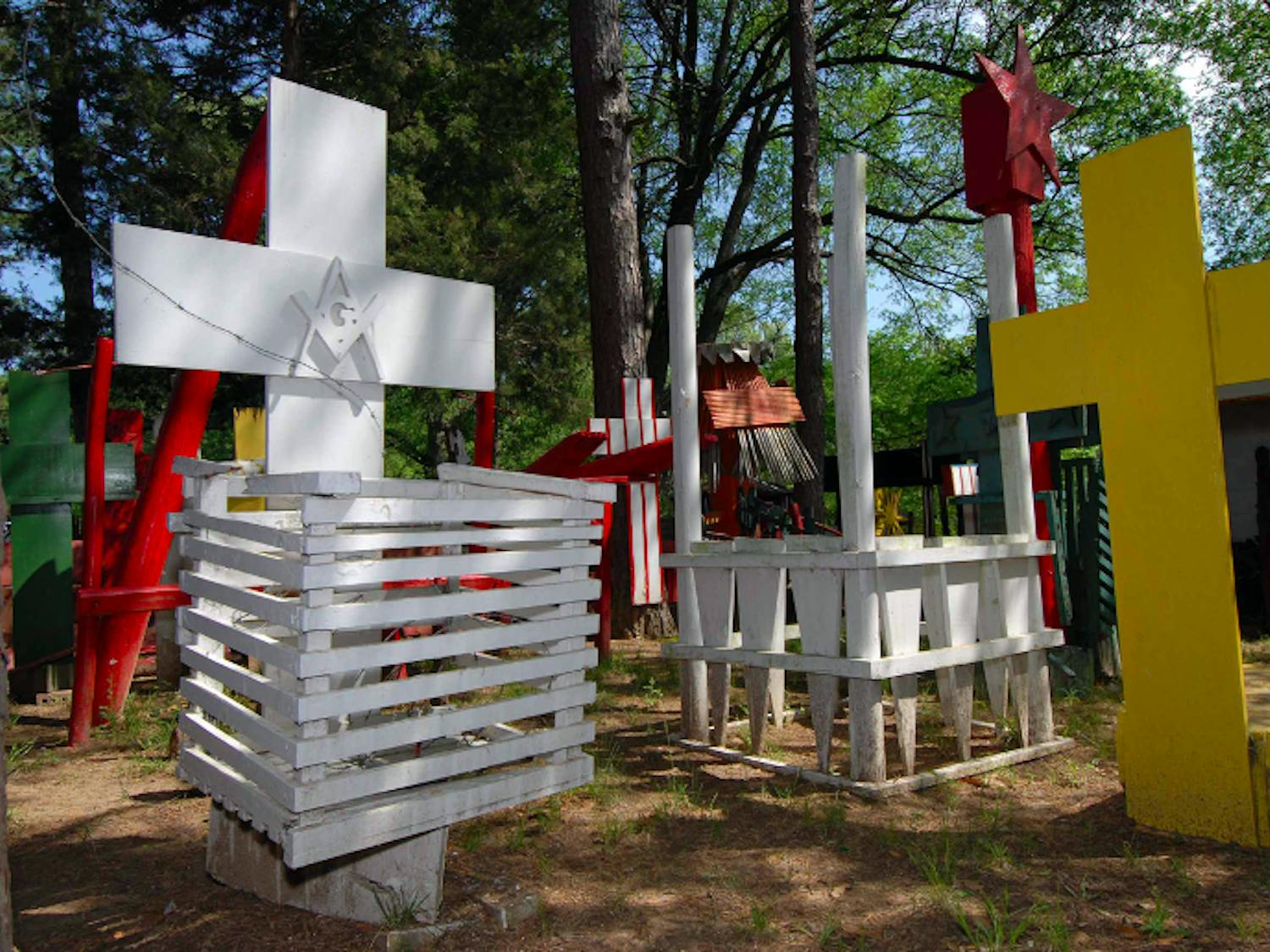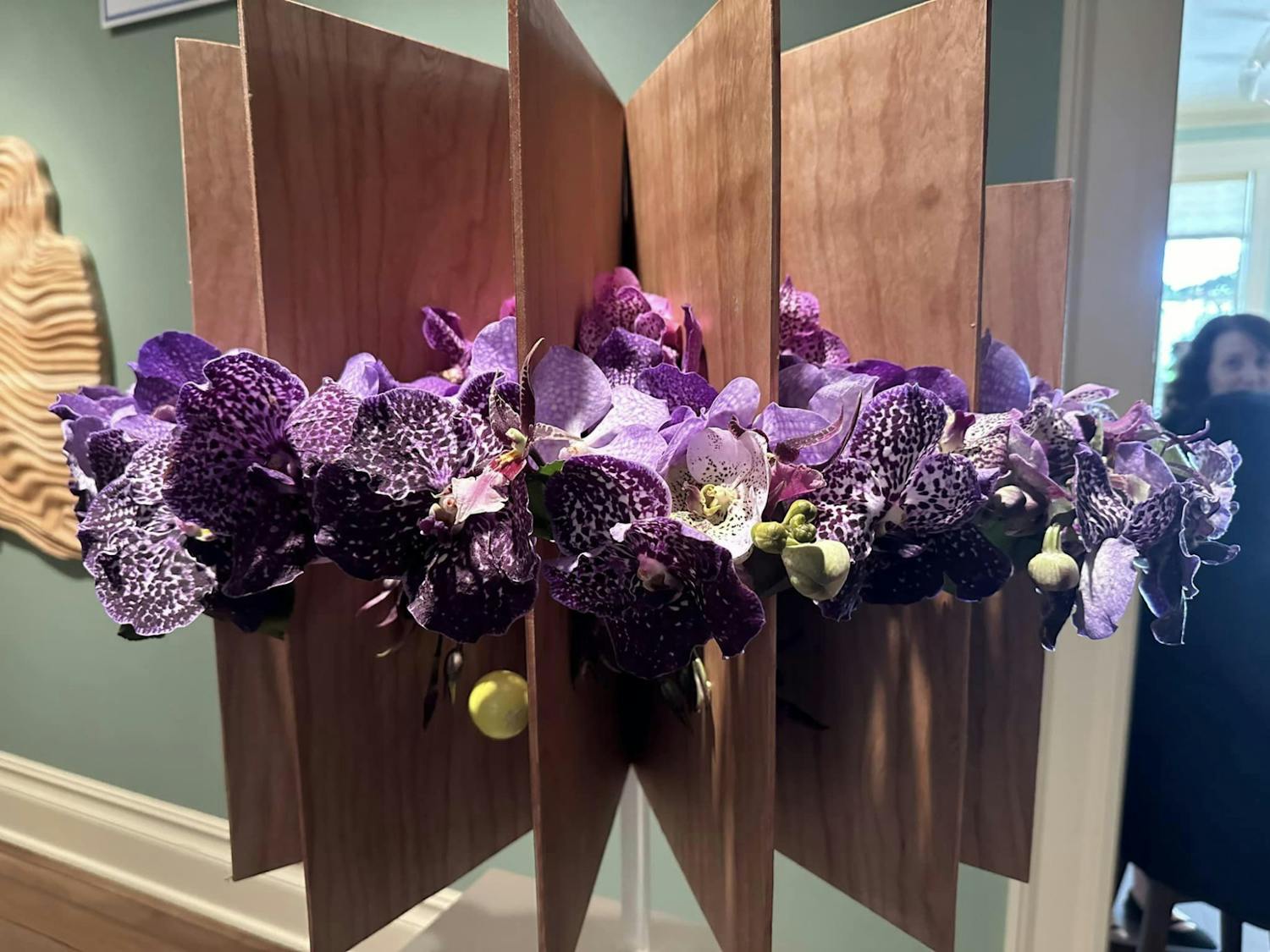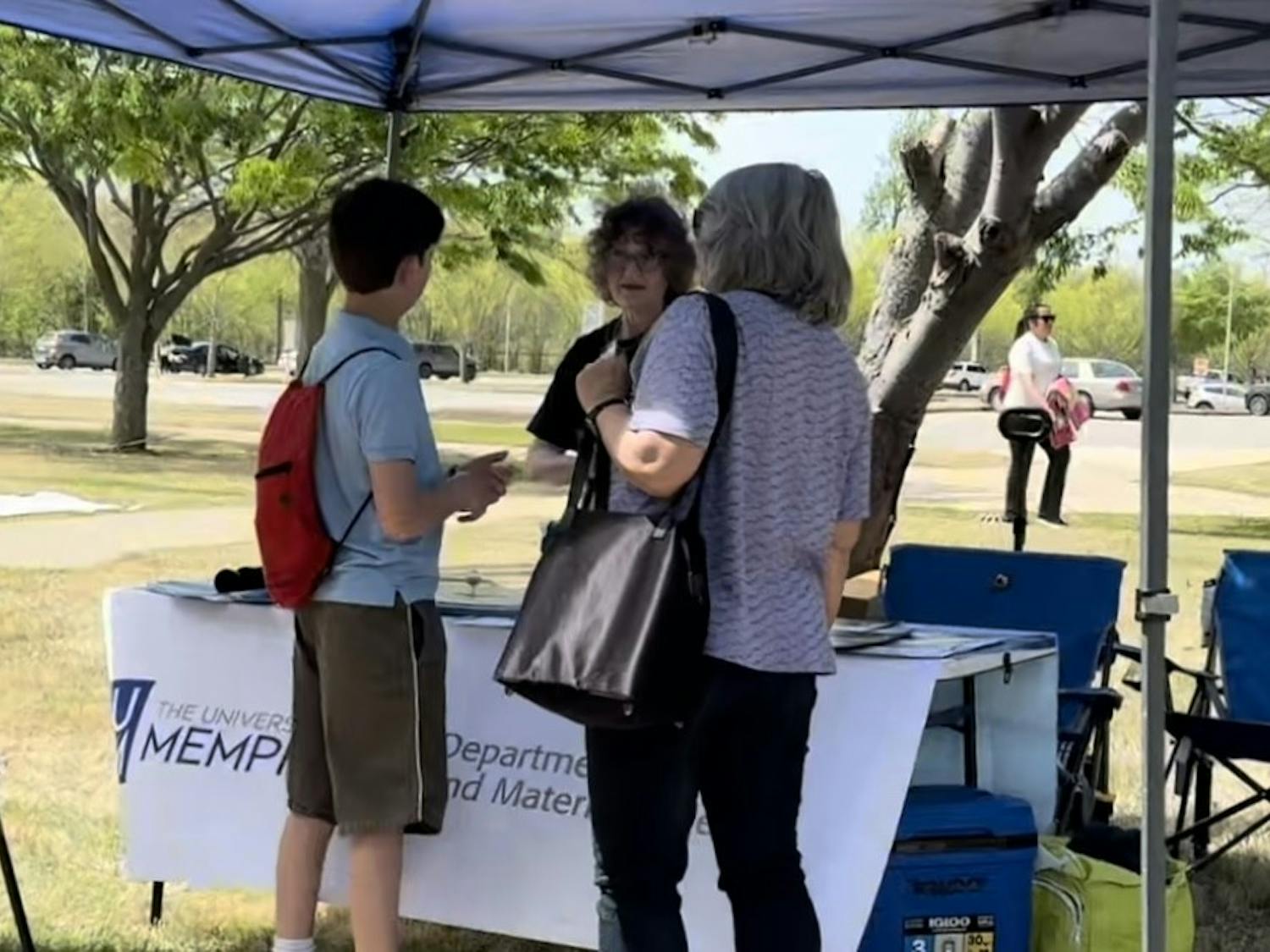The Art Museum of the University of Memphis and the Benjamin L. Hooks Institute for Social Change are hosting an exhibit from June 24 to Oct. 5 that pays tribute to the work of late freelance photojournalist and civil rights activist Arthur Shay.
The “If I had a Camera” project will feature over 60 photos that have captured the life of Americans during the civil rights movement in the 1960s. While the project covers a variety of civil rights issues, most of the photos on display focus on the civil rights movement in Chicago.
Shay captured multiple events throughout history but is most known for his work during the civil rights movement. His work has been cemented into history and is included in numerous collections such as the National Portrait Gallery, the Art Institute of Chicago, and the Museum of Contemporary Photography in Chicago.
Museum media specialist Jason Miller worked with Erica Deglopper, the assistant archivist for the Arthur Shay Archive, and four other media specialists to put the exhibition together.
“Even though Arthur Shay’s focus was centered around the civil unrest in Chicago, there are other images that are featured here,” Miller said. “The images that are on display also focus on the life of Memphians after the death of Martin Luther King as well as political images featuring Richard Nixon, John F. Kennedy, and Senator Joesph McCarthy.”
Jennifer Draffen, the assistant director of The Art Museum of The UofM, said the Benjamin L. Hooks Institute for Social Change is co-organizing the exhibition.
“The exhibition centers around the connections between what was happening in Chicago and in Memphis,” Draffen said. “There was a great deal of back-and-forth from the great migration that happened after reconstruction during the eighties and nineties where a lot of northerners, including myself, moved back to Memphis. In fact, what happened in Memphis had a huge impact on what happened around the country and particularly in Chicago.”
Draffen said the civil rights movement opened door to future youth movements such as the Black Lives Matter movement and the National Rifle Association protest.
“It’s a recurrence of that kind of youth movement, saying you know, let’s not trust adults over 40,” Draffen said. “Because we need to make the change and that’s what makes these photos so fascinating because we all know about them and most of the people in these photos are still alive.”
Senior communications major Noah Balushi said he recognized many of the events in the photos and could relate to them even though he had never heard of Arthur Shay.
“The sniper viewpoint photo spoke to me the most because it’s framed to show the Lorraine Hotel, and it is kind of terrifying because it’s this abstract, impersonal image giving this very detached view on how Dr. King was murdered and I do not like that it is the most impactful because it’s an awful sight,” Balushi said. “I would definitely recommend other students to come to see this because, one, it’s attached to the history of the city and, two, when looking at these pictures you might feel a scary echo of what’s going on today.”
UofM freshman Frasier Ellis said one of Shay’s photos had an impact on him while viewing the exhibit on campus.
“The one with the sniper scope was really crazy,” Ellis said. “It was taken from the viewpoint of James Earl Ray right before he murdered Dr. King. I would most definitely invite my friends because you can learn a lot that you didn’t know, and the photos compliment the text to give you a view of what was happening.
Another UofM student, Kaitlyn Edwards, also said she had never heard of Arthur Shay until she visited the exhibit.
“I never heard of Arthur Shay, but he definitely has a good eye with capturing pictures in the moment and telling a story with those photos,” Edwards said. “I really liked the photo with the black family struggling to find somewhere to stay because it shows how hard it was for African Americans to find somewhere to stay because of their race. I like how powerful the exhibit is.”
The tone displayed in the exhibition consists of landscapes and portraits that capture the struggle between the country and the rights of the people.
The art museum is open to UofM students and faculty members from 9 a.m. to 5 p.m. Monday through Saturday.



